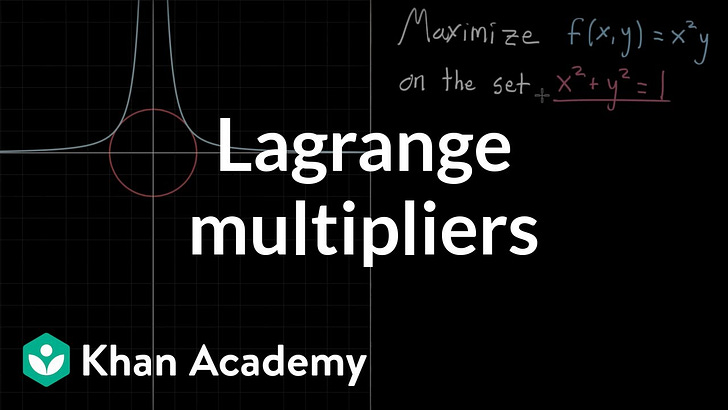Here is this week’s challenge problem. It looks easy but is actually quite tricky!
Problem of the Week
Find the number of ordered pairs (x,y) of positive integers that satisfy
If you have a solution to the above challenge problem, submit it here for a chance to be featured in the next issue of this newsletter.
Solution from last week
Last week, we had the following problem:
Does the sequence of squares contain an infinite arithmetic subsequence?
There were many clever solutions submitted for this problem. See here for the solution, which was submitted by Jo Hilsmann from Germany.
Thank you to B Sashi Kanth (Hyderabad, India), Arkaprovo Das (Kolkata, India), Kilian Väth (Canada/Germany), Ben D (New York), pj, Jason Wild (Germany), Kurt Wynn (Brockton Bay), Anubhab Santra (India), Júlio Dias Saraiva Viana (Salvador, Brasil), Bethany Epstein (Texas), Ammar Ratnani (Stanford), Matt (UIUC), jc (new york), Jiayi Wang(Shanghai), Brandon Howe (New Jersey), Jake Sun (Boston), and Jo Hilsmann (Germany) for submitting solutions to this challenge problem.
Learning Resources
This week’s topic is Lagrange Multipliers. The core question Lagrange multipliers answer is: how do you find the maximum and minimum values of a function, subject to a constraint?
Here are some resources to learn the subject:
Check out this video by Khan Academy:
If the voice in this video sounds familiar, it’s because the video was made by Grant Sanderson (of 3blue1brown fame!) during his time at Khan Academy. This is easily one of the clearest explanations of Lagrange multipliers out there!
Here are some online notes by Paul Lamar: https://tutorial.math.lamar.edu/classes/calciii/lagrangemultipliers.aspx. These notes are quite comprehensive, so it’s probably best to watch the video before diving into the notes.
Thanks for reading and happy learning! Until next time,
Adithya



